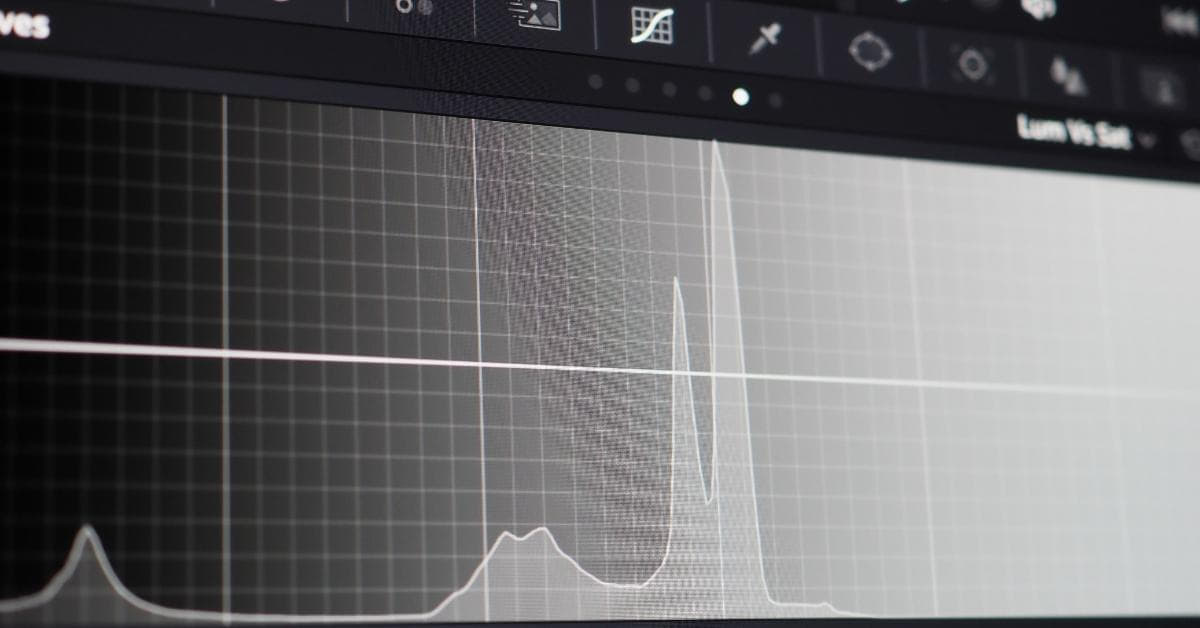In the ever-evolving world of photography and video editing, color grading plays a pivotal role in enhancing the visual appeal of your content. Whether you’re a professional photographer, videographer, or simply a creative enthusiast, having the right color grading app at your disposal can make a world of difference. In this article, we’ll explore the essential aspects of color grading apps, helping you select the ideal one for your needs.
What is a Color Grading App?
A color grading app is a software tool designed to adjust and manipulate the colors, contrast, brightness, and overall look of photos and videos. These applications offer a range of features that allow users to achieve the desired aesthetic for their visual content. Whether you want to create a moody, cinematic atmosphere or bright and vibrant visuals, a color grading app empowers you to bring your vision to life during photo editing and video editing.
Why Do You Need a Color Grading App?
- Enhanced Visual Appeal: Color grading apps enable you to correct imperfections and enhance the visual appeal of your content. You can make dull images vibrant and videos more engaging.
- Consistency: These apps help maintain a consistent look and feel across all your media, branding your work and making it more recognizable.
- Creative Control: With a color grading app, you have full creative control over your visual content. You can experiment with different color schemes and moods to suit your project’s theme.
- Professional Quality: Achieve professional-quality results, even if you’re a beginner. Color grading apps come with presets and templates to help you get started.
What to Look for in a Color Grading App?
When choosing a color grading app, it’s vital to consider a few key factors to ensure you find the perfect fit for your creative needs. From user-friendliness to compatibility and essential features, here’s what to look for in a color grading application.
1. User-Friendly Interface
Choose an app with an intuitive and easy-to-navigate interface. Look for tools and options that are clearly labeled and easy to understand.
2. Compatibility
Ensure the app is compatible with your operating system and the file formats you work with. A versatile app can handle a variety of file types.
3. Color Correction Tools
Look for apps that offer a wide range of color correction tools, such as sliders for brightness, contrast, saturation, and exposure.
4. Presets and Filters
A variety of presets and filters can save you time and offer inspiration. They can serve as a starting point for your own color grading or be used as-is.
5. Export Options
Check for the ability to export your edited media in various formats and resolutions.
6. Community and Support
A strong user community and reliable customer support can be invaluable for troubleshooting and learning.
7. Price and Accessibility
Consider your budget and choose an app that offers the features you need without breaking the bank.
Top Color Grading Apps
- Adobe Premiere Pro: Ideal for professionals, it offers extensive color grading tools and seamless integration with other Adobe Creative Cloud software.
- Davinci Resolve: A robust free option with advanced color grading capabilities, making it perfect for both beginners and experts.
- Final Cut Pro X: Apple’s offering boasts powerful color grading features and is known for its user-friendly interface.
- LUTs (Look-Up Tables): LUTs are used in various video editing software like Adobe Premiere, Final Cut Pro, and even some online tools. You can download and apply LUTs to achieve specific color grading looks quickly.
FAQs
Q1: Are there any free color grading apps available?
A1: Yes, there are free options like Davinci Resolve and HitFilm Express that provide powerful color grading capabilities without a price tag.
Q2: Can I use color grading apps on my smartphone?
A2: Absolutely! There are numerous color grading apps available for both Android and iOS devices, such as Adobe Lightroom Mobile and VSCO.
Q3: Do I need a high-end computer for color grading?
A3: While high-end hardware can enhance performance, many color grading apps offer features that can be used on standard computers. However, rendering times may vary.
Q4: What’s the difference between color correction and color grading?
A4: Color correction focuses on fixing issues like exposure and white balance, while color grading is the creative process of stylizing and enhancing the overall look. Find out more in this article about color correction vs. color grading.
Q5: Can I undo my changes in a color grading app?
A5: Yes, most apps have an undo/redo feature, allowing you to experiment without permanently altering your media.
Conclusion
Selecting the right color grading app is an essential step in elevating your visual content to a professional level. With the tools and information provided in this guide, you’re well-equipped to make an informed choice. Remember to consider your skill level, budget, and the specific needs of your project. Whether you’re a beginner or a seasoned pro, the perfect color grading app is out there to bring your creative vision to life.
This page was last edited on 22 February 2024, at 9:57 am
